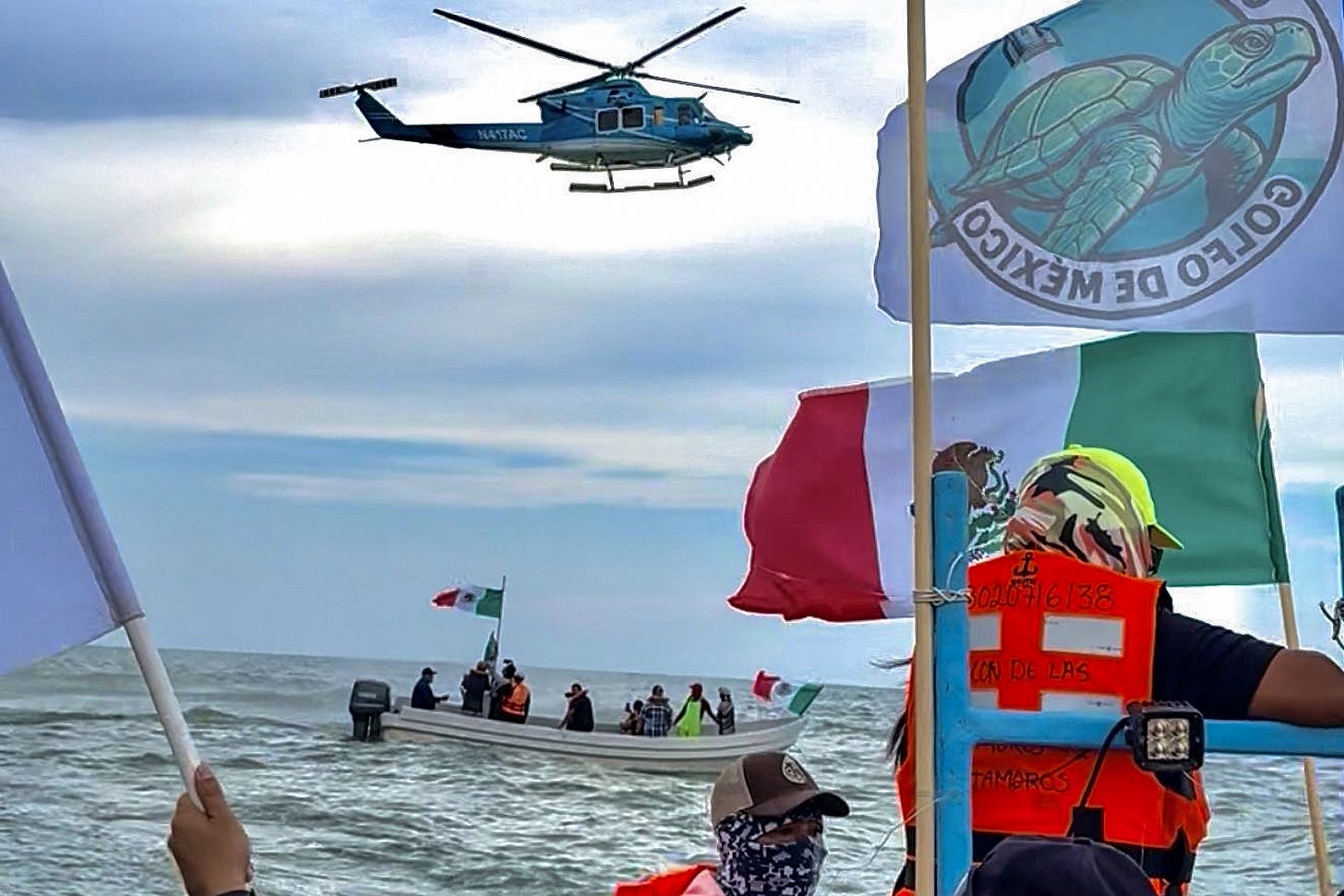Communities Push Back against SpaceX in Tamaulipas
A Mexican conservation group says Elon Musk’s rocket launches from South Texas are killing turtles, damaging homes, and littering Tamaulipas beaches with debris.

Three miles south of Starbase, Texas, where SpaceX launches rockets into orbit, the beaches of Tamaulipas begin at the mouth of the Rio Grande. Further south alo…
Keep reading with a 7-day free trial
Subscribe to The Border Chronicle to keep reading this post and get 7 days of free access to the full post archives.

